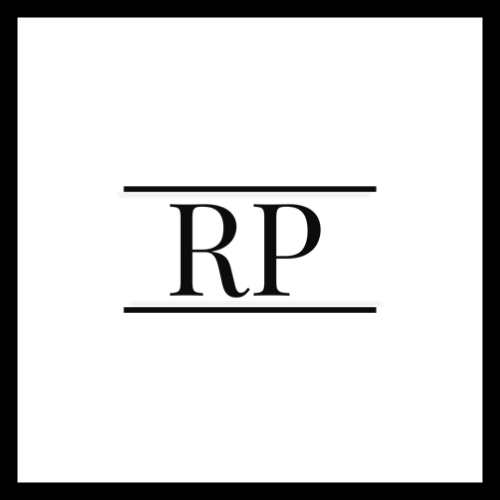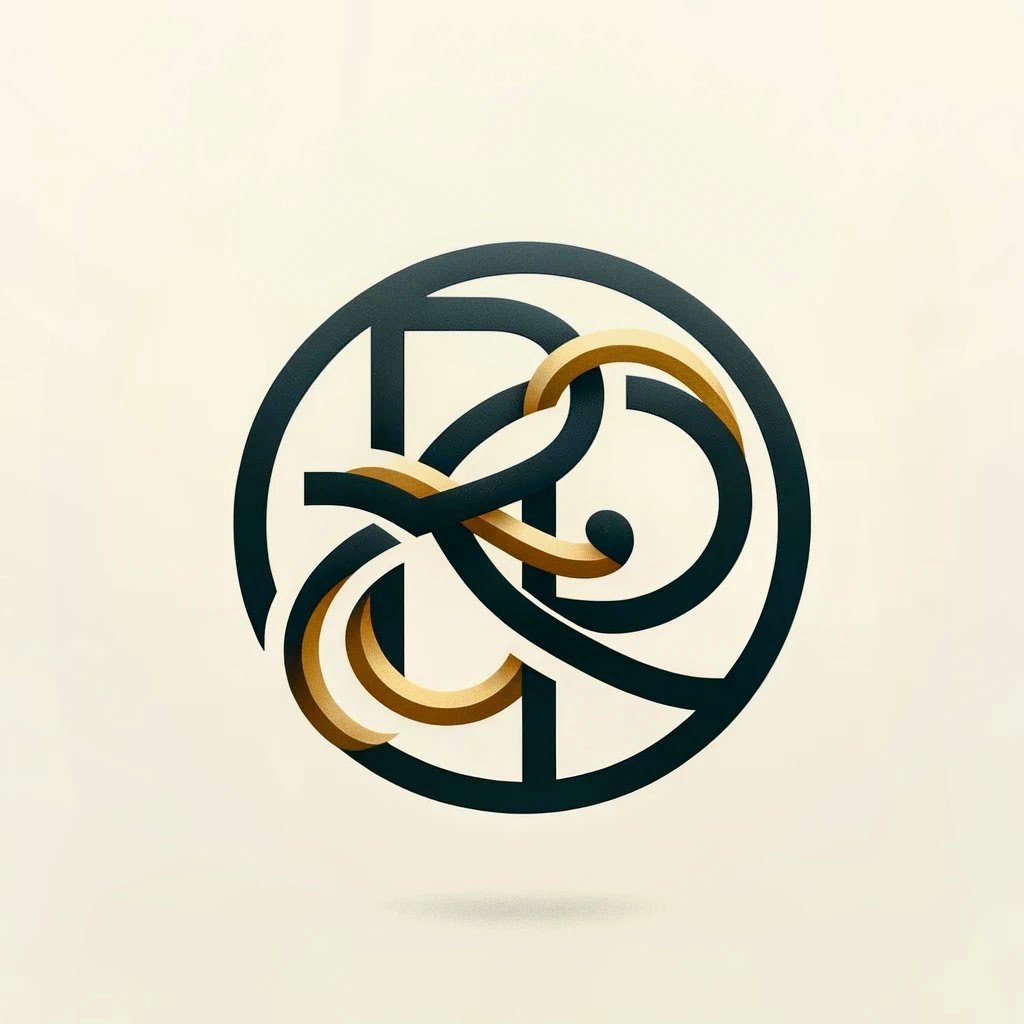On Productivity: Digital Fatigue and Analog Tools
Over the past few years, I have experienced what can best be described as "digital fatigue". I had (have) a lot of devices around me- laptops, desktops, smartphones and tablets. These devices helped me stay productive but also at increasing level of distraction and eye strain. My work and personal calendars started getting populated faster than ever before. I yearned for a simple way to collect my thoughts, to follow them through and to understand, process and execute on all my work and personal goals. About three and a half years ago, I started going back to pen and paper. Around the same time I had just begun experimenting with fountain pens after last using them in my high school. Little did I realize, how well timed that experiment was.I started small with a $1.50 fountain pen and a notebook from Daiso. At work, the note-taking approach was painful in the beginning since I had to do the double duty of writing, interpreting and then translating the notes to actions on a computer. At that time, I was using a ToDo app that synced across my phone, tablet and laptop, a note taking app (EverNote) and multiple calendars (Outlook for work and Google Calendar for personal stuff). My love for fountain pens and good quality paper was growing faster than my frustration with the double effort and thankfully so.Within a few months, I had established a routine. A balance between my analog and digital tools - I used pen and paper to keep notes in my meetings. I took a few minutes to review them afterwards and then convert only those that were important into a list of handwritten todos. Appointments and meetings stayed on my digital calendars because of notifications. As I got into my groove with this routine, I started feeling more in control of what I was listening to and discussing in meetings. I was no longer distracted by the incessant emails dropping in during meetings. Instead I was focused on what was being said and discussed. The writing experience made me think about it before I put pen to paper. If something did not make sense before writing, I was forced to question or follow up to get my doubts clarified.While I see many engineers carry their Moleskines to meetings, the preference is still to use more of the computer and less of the notebook. I have flipped my workflow completely now- I avoid taking laptops to meetings. For one-on-one's I try to skip taking my smartphone. This way, the only thing I can and will do in the discussion is to listen, absorb and process.My eyes feel better. I remember things better. I have ready references to what was discussed months if not years ago on a topic. And most of all, I love the process of writing things down. It feels natural. It just feels right. If you are in the same boat as I was, a few years ago, do consider trying to analog route. There is nothing to lose and much to gain in the process.My Analog ToolsI initially started off with a single medium size notebook for everything. Soon I realized, I needed to separate my work and personal notes. I settled on a medium size notebook for longer meetings and a smaller pocket notebook for shorter meetings. I dedicated a pocket notebook for all things personal- like writing the outline for this blog post and more. Recently I added a third one purely for doodling and as my creative outlet. I rotate my fountain pens ( I have many of those by now) and will someday do a separate post on choosing the right kind of notebooks and paper.[gallery ids="1451,1452,1453,1454,1455,1456"]


